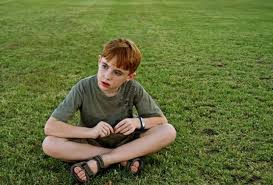A study published in present Biology recognized differences in infants brainwaves as of as early as six months. Older children with autism can show a lack of eye contact, so the babies were shown pictures of people's faces that switched between looking at or away from the baby. Sensors attached to the scalp looked for differences in brain activity.
There were also babies who did develop autism who had low-risk brainwaves. The test would need to be more accurate before it was used routinely. Autism charities said identifying the disorder at an earlier stage could help with treatment. According to Christine Swabey from the charity Autistica The hope is that this significant research will lead to improved identification and access to services for future generations.

No comments:
Post a Comment